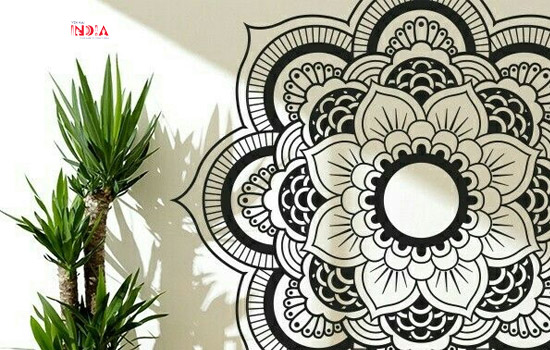A mandala is the psychological expression of the totality of the self- Carl Jung
To understand Mandala art therapy and its benefits one must know a mandala.
What is a Mandala?
The word mandala in Sanskrit means a circle or a Chakra. This is often pronounced as “mah-ndah-lah,”. The term Mandala is derived from two different words, “la” and “manda”, they mean container and essence. A Mandala is a spiritual and ritual symbol both in Hinduism and Buddhism, which represents the universe.
The Mandala is also known as a circle or ‘container of the essence’ and is believed to represent wholeness, health, connection, unity, harmony and the cycle of life. Mandalas symbolize being one with life, going with the flow and reflecting inward. The geometric Mandala designs are believed to represent different aspects of the universe and are used as instruments of meditation, ceremonial rituals, worship and sacred art, mainly in China, Japan, and Tibet.
They usually have a focal point in the centre which is known as the seed. This seed is considered as the starting point to the creation of the Mandala.
Examples of Mandalas are-
Fruits, Halo, Human Cells, Flowers, Tree Rings,
Planet Earth, The Solar System & Milky Way Galaxy.
Types of Mandalas
Recommended Story – Ayurveda and Its Rising Popularity Around the World
There are different types of mandalas found in different cultures and are used for a variety of purposes, both artistically and spiritually. There are four main Mandalas which are used for different purposes.
1. Outer Mandalas
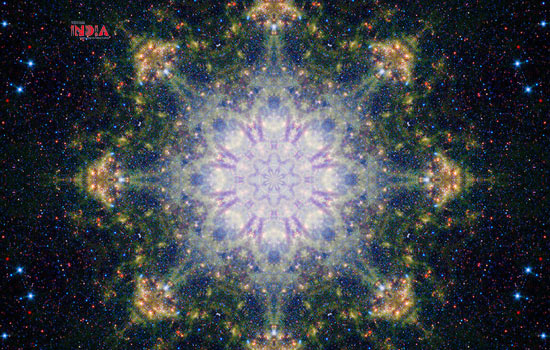
This is a very basic kind of Mandala. This is called Outer Mandala. The outer mandala represents theUniverse. These type of mandalas are mainly used for offerings. .Offeringan outer mandala is a standard practice in Buddhism for thanking people.
2. Teaching Mandala
Teaching mandalas are considered symbolic. Every shape, line, and colour in a teaching mandala represents different aspects of Buddhism. A monk learns to create these mandalas while taking his monastic education. These monks create their mandalas which are based on principles of design and construction which they learnt during their education. These are colourful mental maps which describe the Himalayan culture.
3. Healing Mandala
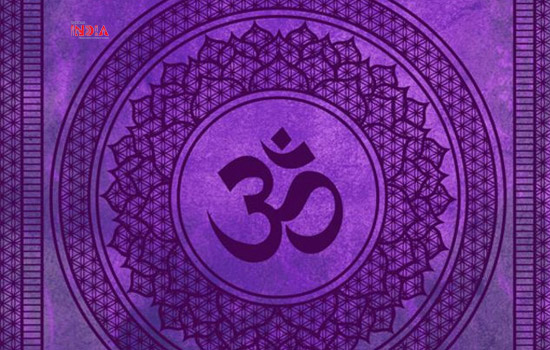
Healing mandalas are considered more intuitive compared to teaching mandalas, and these are made for meditation. The purpose of making Healing mandalas is to deliver wisdom, create the feeling of zen-like calm, and aid in focusing and concentration.
4. Sand Mandala

It has been observed that both Buddhist monks and the people of the Navajo cultures have long used sand mandalas as a traditional, religious element. These Sand mandalas are made of intricate designs where a variety of symbols made from coloured sand are used. These symbols represent the transience of human life.
What is Mandala art therapy?
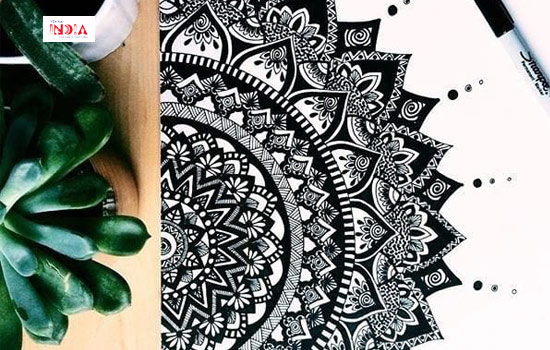
Mandala art therapy is a kind of psychotherapy in which a trained therapist guides clients suffering from mental ailments through a variety of artistic processes using geometric patterns to restore a sense of healthy mental balance. This therapy is used in treating depression, post-traumatic stress disorder, grief, anger management, improving self-esteem, management of addictions, relieving stress, improving symptoms of anxiety and coping with any kind of physical illness or disability.
How are mandalas used within the art therapy?
In this therapy, the client is asked to create a mandala that represents his or her emotions then. People experience solace and find these mandalas as powerful tools for containing negative emotions, such as fear, anxiety or anger.
The most interesting aspect of mandala art therapy is the fact that each mandala provides a clear picture of the emotional state of its creator. Some therapists encourage clients to create a “mandala journal” which provides a visual representation of the client’s emotional state over a while. This approach can work wonders for both adults and children.
It was seen that these mandala symbols were able to be subconsciously absorbed into the individual’s mind, which helped both in healing and self-reflection.
Ways to use the mandalas for healing-
Mandala meditation:
The client should choose a Mandala that appeals to him. Once the person has chosen the Mandala of his choice he should begin by focusing on the centre of the circle. It is through this point that one can ‘enter’ the Mandala and journey through the symbolism. The person should focus and take in the beautiful patterns and colours of the mandala without getting distracted. As soon as a person delves deeper and deeper into the Mandala, he should continue to relax and breathe. He may begin to experience feelings of peace and joy or may hear intuitive or Divine messages.
Recommended Story – Gemstones and their Significance in India
Creating a Mandala:
Creating one’s Mandala can be a very healing experience. One should use one’s intuition as a guide as to what medium one would want to use for the Mandala. People can use things like sand, watercolours, crayons, pastels, pencils, paint, flowers, leaves, rocks, gems etc. to create their mandalas
One should set up one’s intention for the Mandala as to what type of healing one wants to evoke. Then one should spend a few minutes meditating upon one’s intention. Once mentally prepared one should begin creating the Mandala, working from the inside out. The mandala can be used for meditation or hung in a place where one can regularly gaze at it. This will act as a stress buster which will heal the person.
Colouring a Mandala:
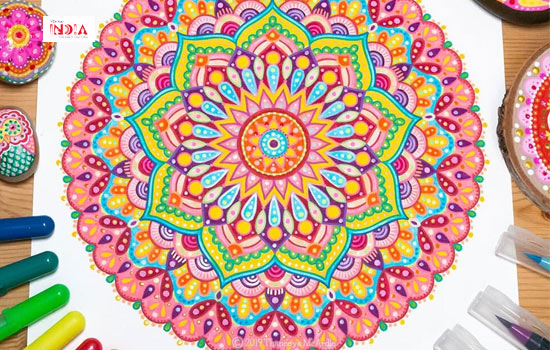
Once the mandala is created one can start colouring the Mandala, using whatever medium one desires such as paints, crayons, watercolours etc. when one creates, colours, or looks at a Mandala this acts in silently programming the mind to take on the essence of oneness or completion.
The idea behind meditating with mandala art and colouring or creating mandalas is to declutter the mind by forcing it to focus on the mandala design. This practice helps in distracting oneself from everyday distractions. Concentration on the design aids in calming the mind. If one begins to get distracted, thinking about what other mundane things, one needs to simply focus on the mandala till the mind becomes calm and devoid of any negative thoughts.
Mandala designs, colours and their meaning
§ Red– passion, strength, power, sensuality and aggressiveness
§ Orange– pleasure, vanity, glory, energy, self-awareness, progress and intuition
§ Yellow– newness, happiness, wisdom, laughter and willpower
§ Green-ease, hope, simplicity and psychic ability
§ Blue– calm, communication, respect, emotional healing & seriousness
§ White-peace, goodness, delicacy and harmony
§ Purple-creativity and meditation and all spiritual things
§ Black- death, mourning, depth, sadness and mystery
§ Circles- connection with the cosmos and energetic
§ Triangles- vitality & change
§ Crosses- the merger of heaven and earth
§ Squares- balance and steadiness
§ Mazes- looking out for one’s centre
Benefits of this therapy-
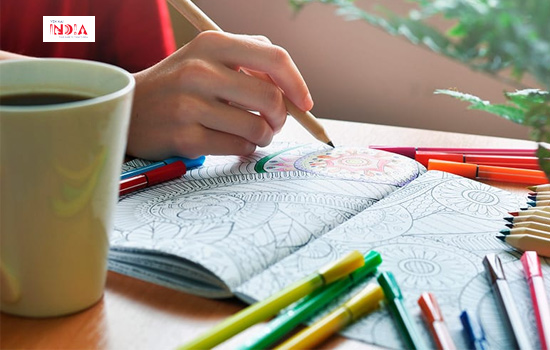
Stress Reliever
In the present day, everyone is multitasking by trying to balance both work and home. This creates a lot of mental stress if not checked in time can lead to mental health problems. Colouring mandalas are great stress busters. Mandalas require one to be attentive and calm to colour the intricate patterns. The total focus
on colouring helps a person to acquire stress-relief and reduced anxiety.
Therapeutic effect
Mandala art therapy has an effective healing power. Colouring helps in the reduction of negative thoughts, and unpleasantness. The sacred concentric circles of a mandala have a magical healing power, which helps people recoup fast.
Brain stimulator- Refreshes the Brain
Colouring mandalas along with reducing stress stimulate one’s brain too. Colouring requires both hemispheres of the brain to remain focused. This helps all the areas of the brain to work in a balanced way. Intricate designs of the mandalas stimulate the brain to aesthetically choose the colour. Colouring mandalas help in activation of both analytical and creative parts of the brain, increases problem-solving skills, refines cognitive skills and produces inner strength.
Kindles the creative spark
This therapy can help one to declutter the mind. Scientists believe that adults engaged in this art therapy have the probability to rediscover their creative spark and implement them in their lives.
Immunity booster
The intricate geometric patterns of mandalas represent the cosmos metaphysically. Modern-day medicine believes that mandalas have become a great healing tool in inducing tranquillity of the mind. Mandalas help in boosting the immune system, enhancing concentration, reducing pain, and promoting good sleep.
Panache for several ills
Mandala art therapy is ideal for patients with many diseases including epilepsy, lowering high blood pressure and cancer.
Each person’s life is like a mandala – a vast, limitless circle. We stand in the centre of our circle, and everything we see, hear and think forms the mandala of our life.-Dilgo Khyentse Rinpoche
Recommended Story – Alternative Medicine In India: The History And Science of AYUSH


